There are lots of interesting reminders of Leyland past as you walk along Hough Lane and Towngate. We start at the north east end of Hough Lane and head south west.
Hough Lane
Lower Bank House is large town house built in 1892 for one of Leyland’s industrialists. Today it is used as Lower Bank Dental Surgery.
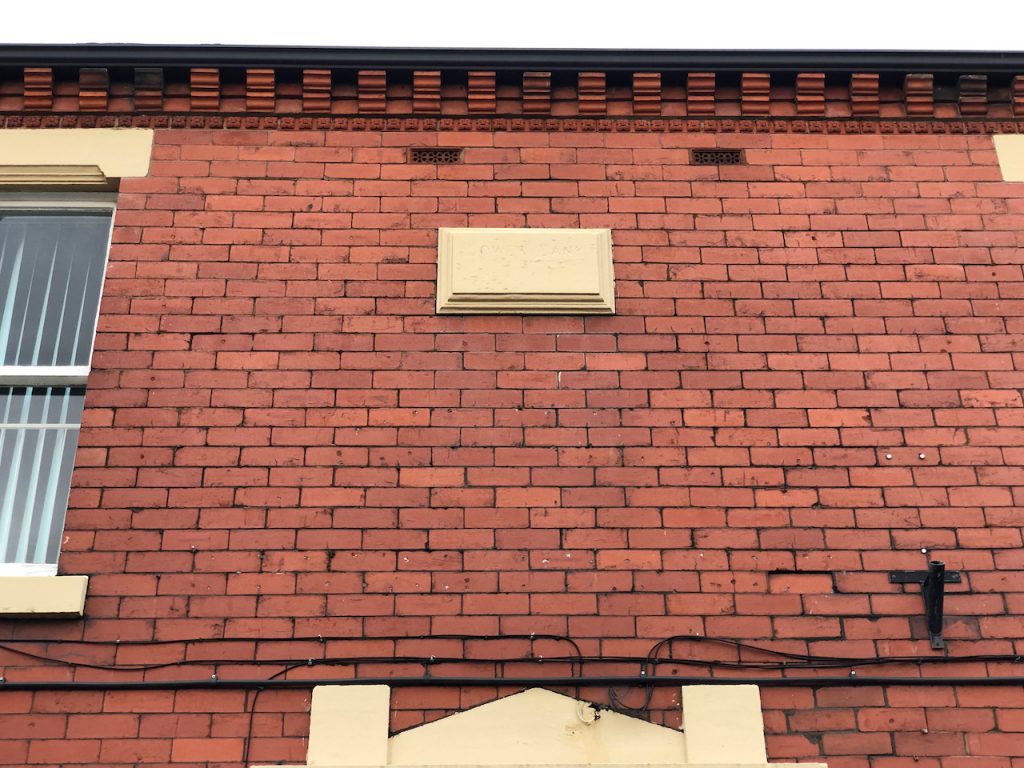
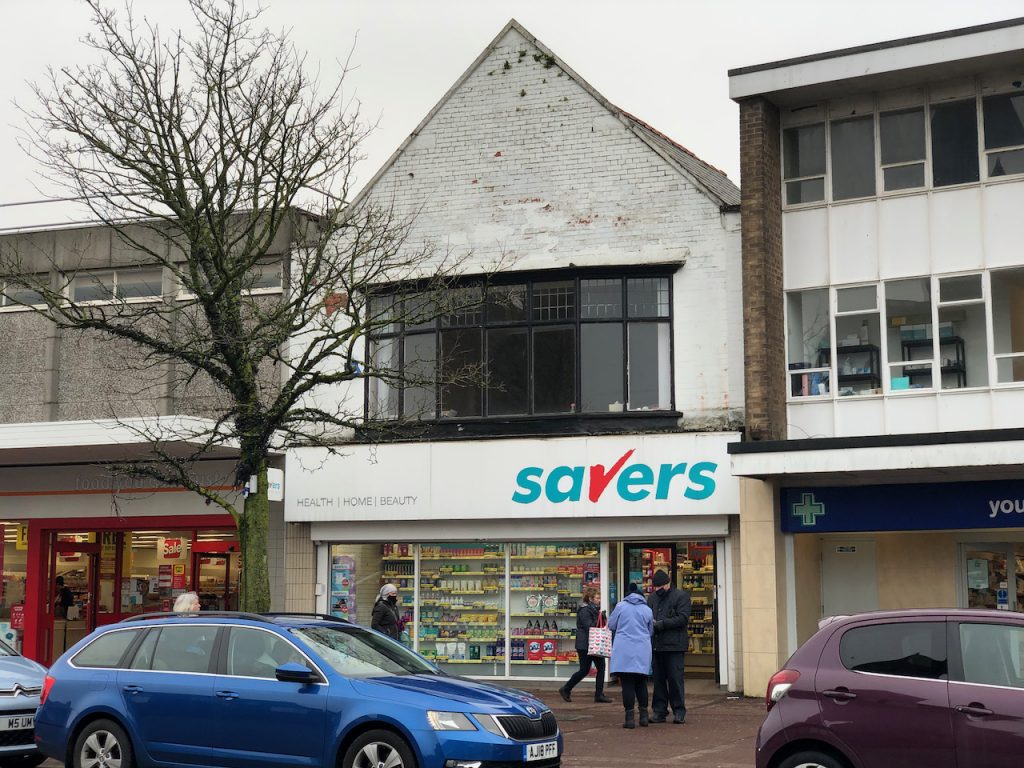
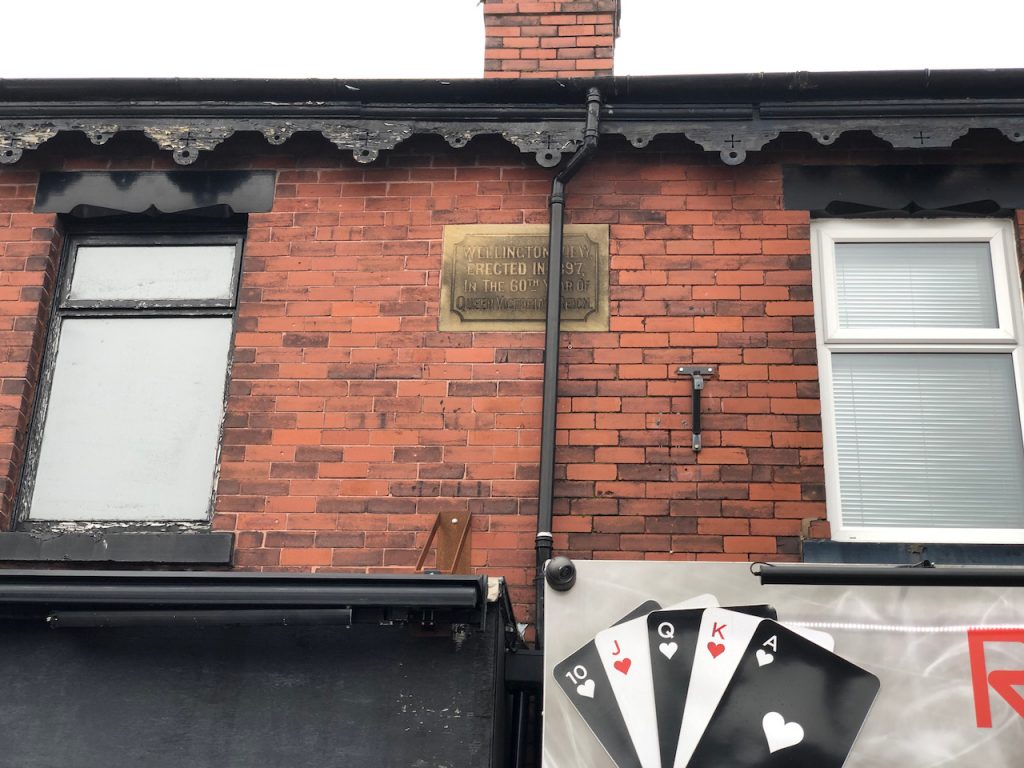
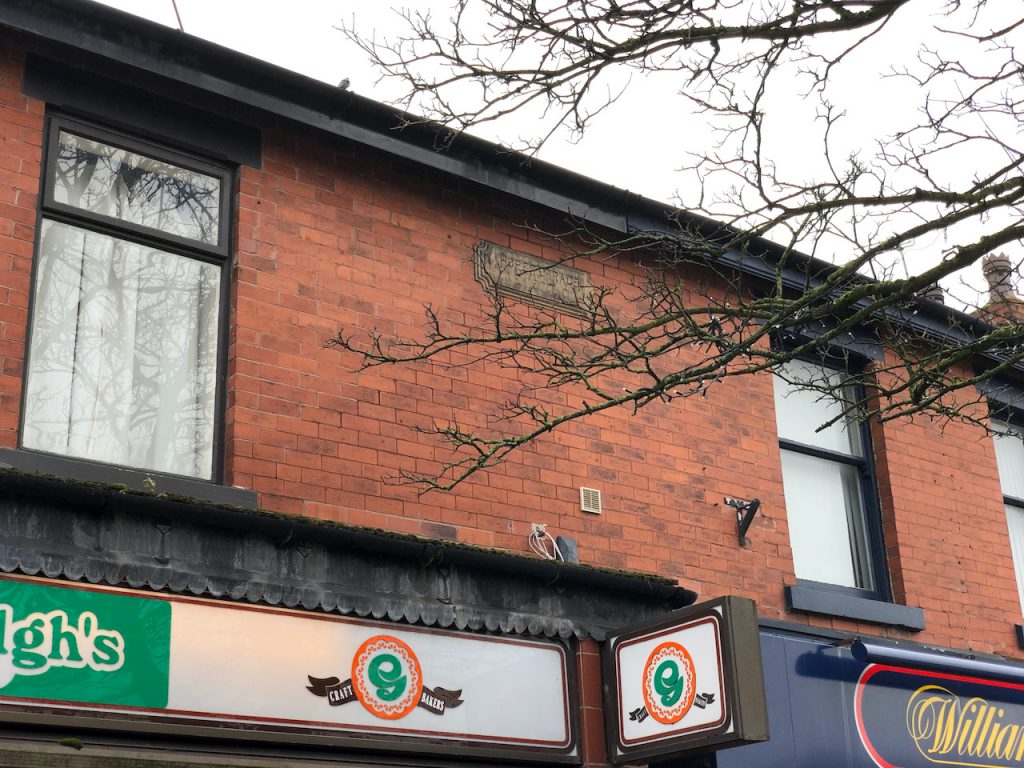
Grundy Terrace was formerly known as Mindor Terrace. It became Grundy’s dental surgery which is when the terrace took on the name it has today. I have read lots of posts on Facebook suggesting that Mr Grundy may have been “overzealous” in his treatments. The large window, above the silver car in the photograph, in the end wall is reputed to be one of the surgery windows.
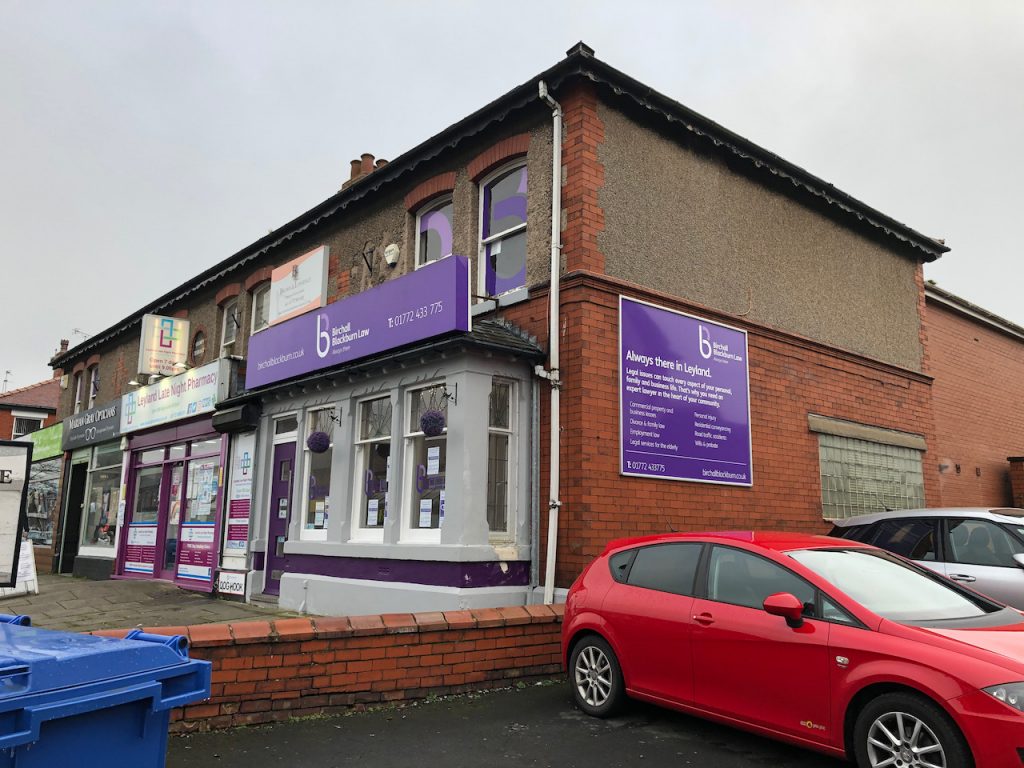
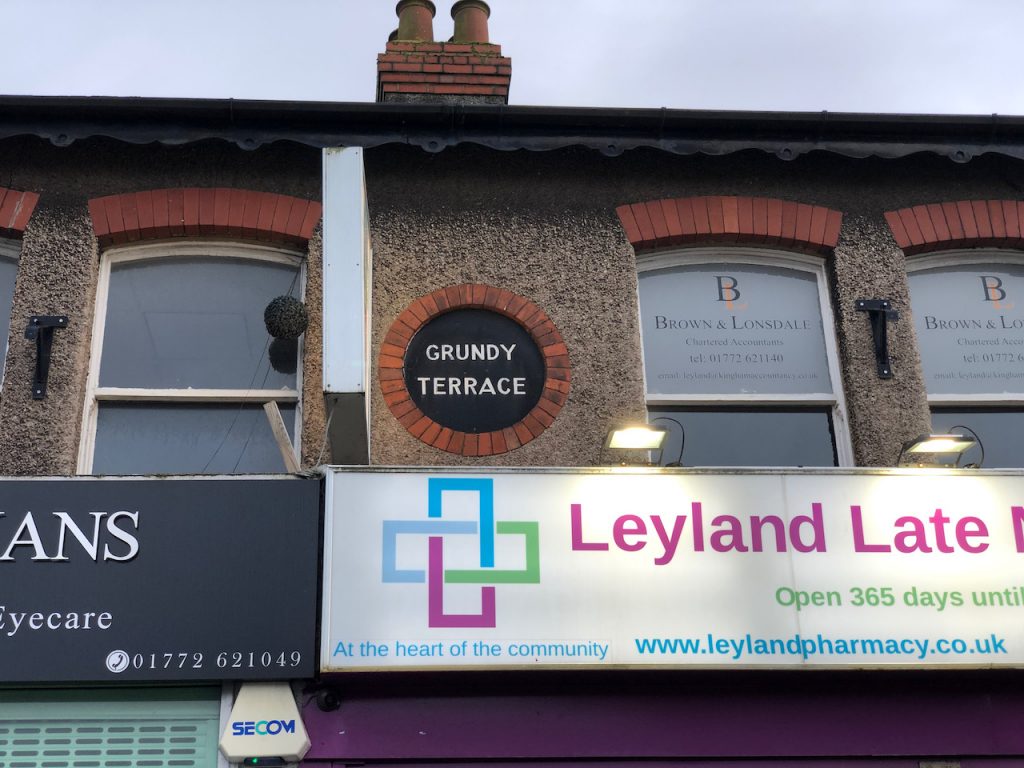
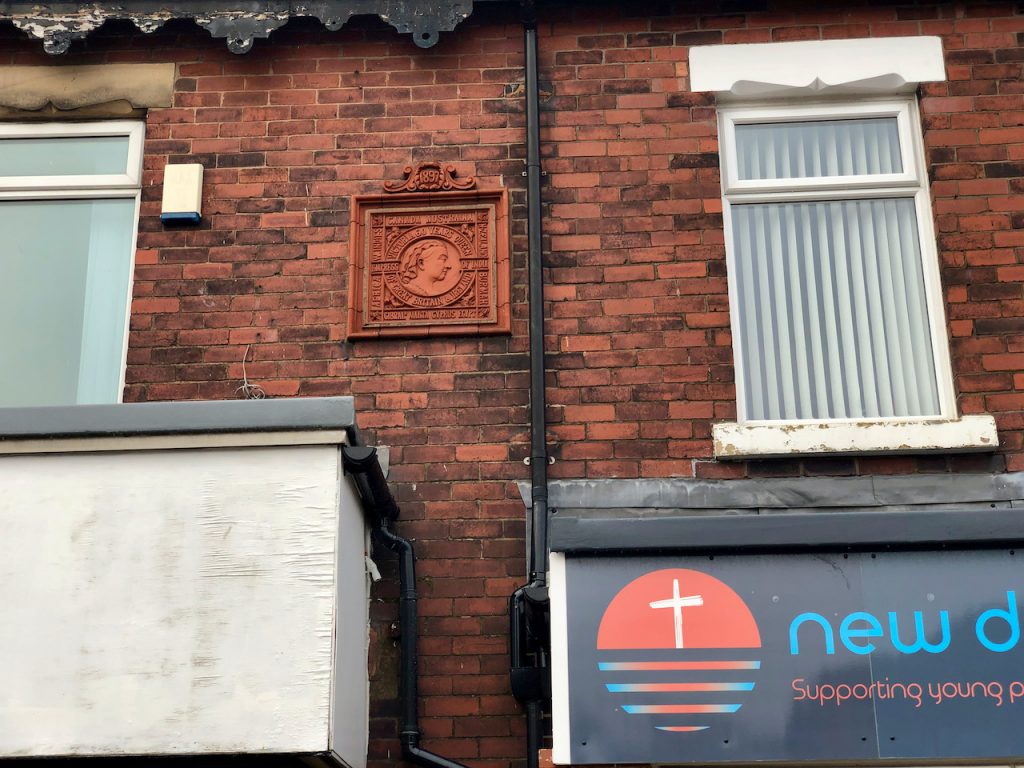
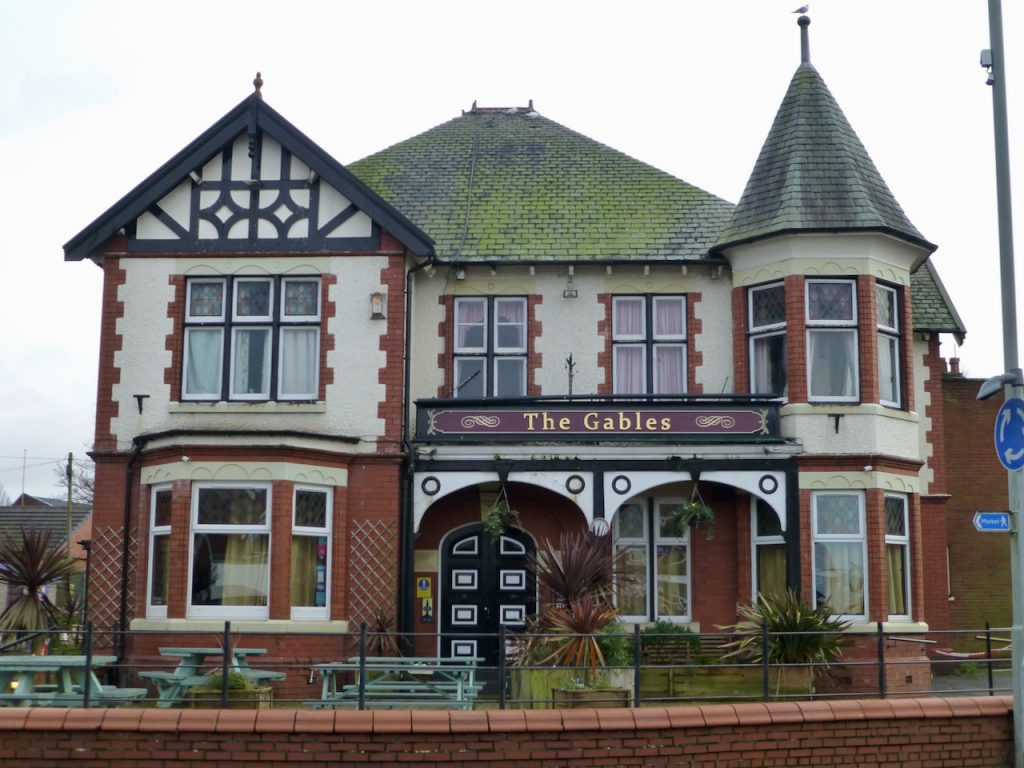
Water Street & Towngate
Reaching the western end of Hough Lane, we now turn south into Towngate. The northern end of Towngate from Hough Lane to Mrs Jolly’s Corner (the junction with Broad Street near Garden Terrace) was originally called Water Street; with the southern end of Towngate being called Chapel Street.
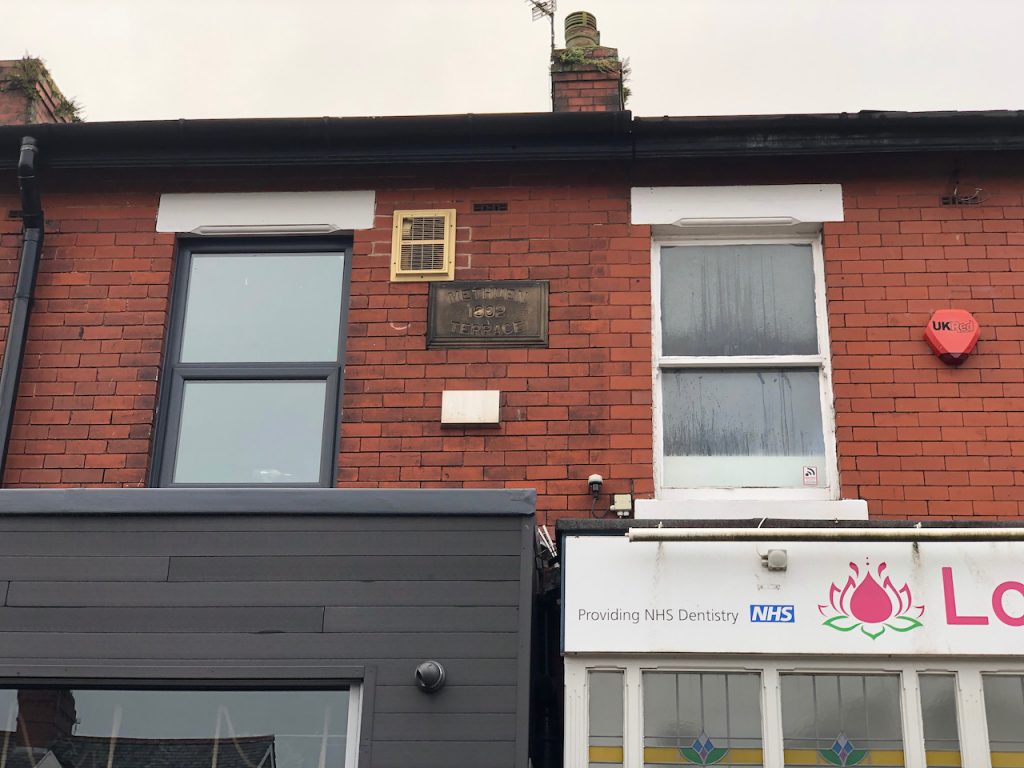
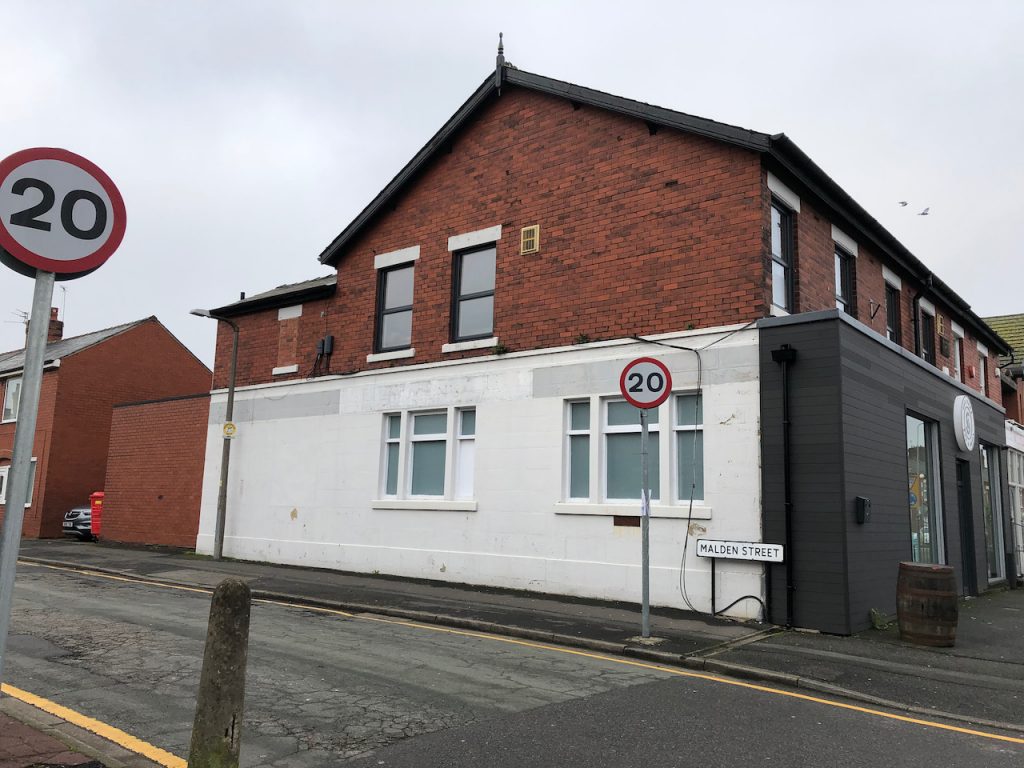
James Sumner began experimenting here with steam locomotion in the early 1890s. This led to the production of a steam-powered lawn mower leading to the formation of the Lancashire Steam Motor Company in 1896. Later, the building became George Damp & Sons Ltd, an engineering blacksmith. As you can see from the plaque, the Lancashire Steam Motor Company later became Leyland Motors and then Leyland Trucks.
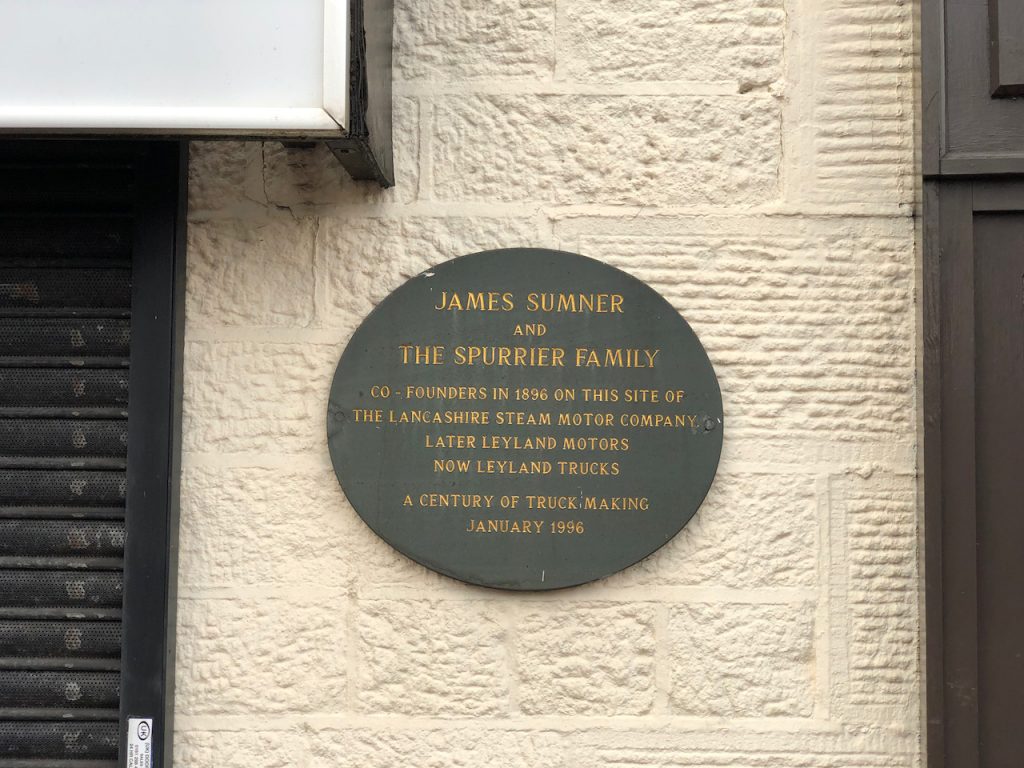
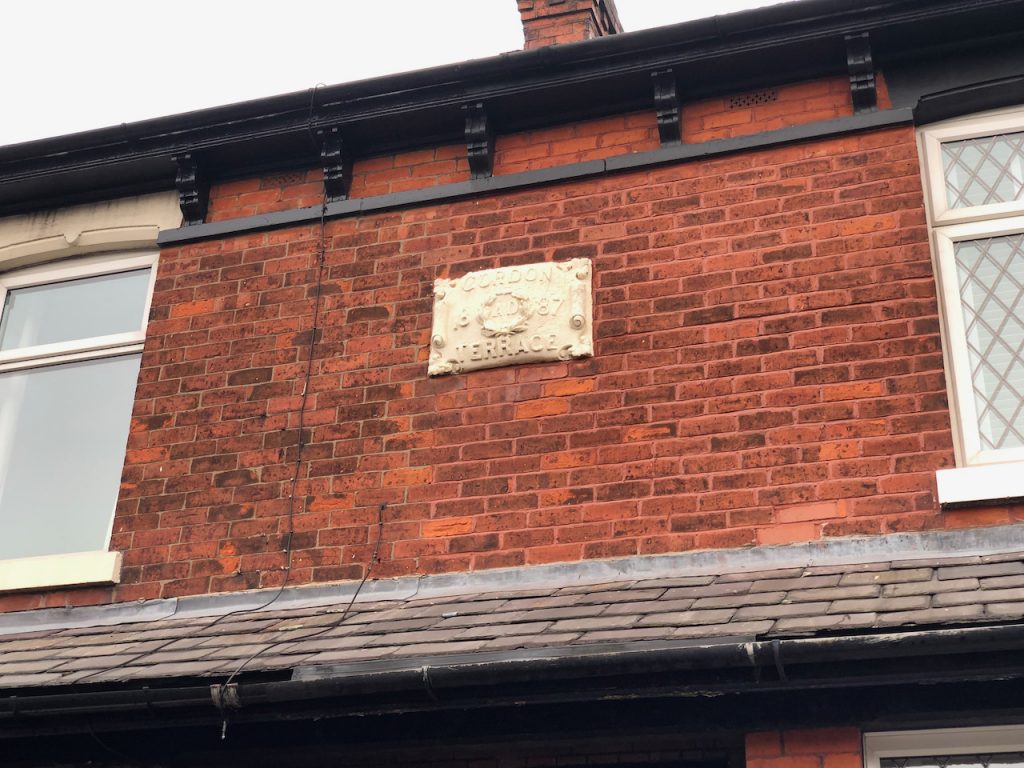
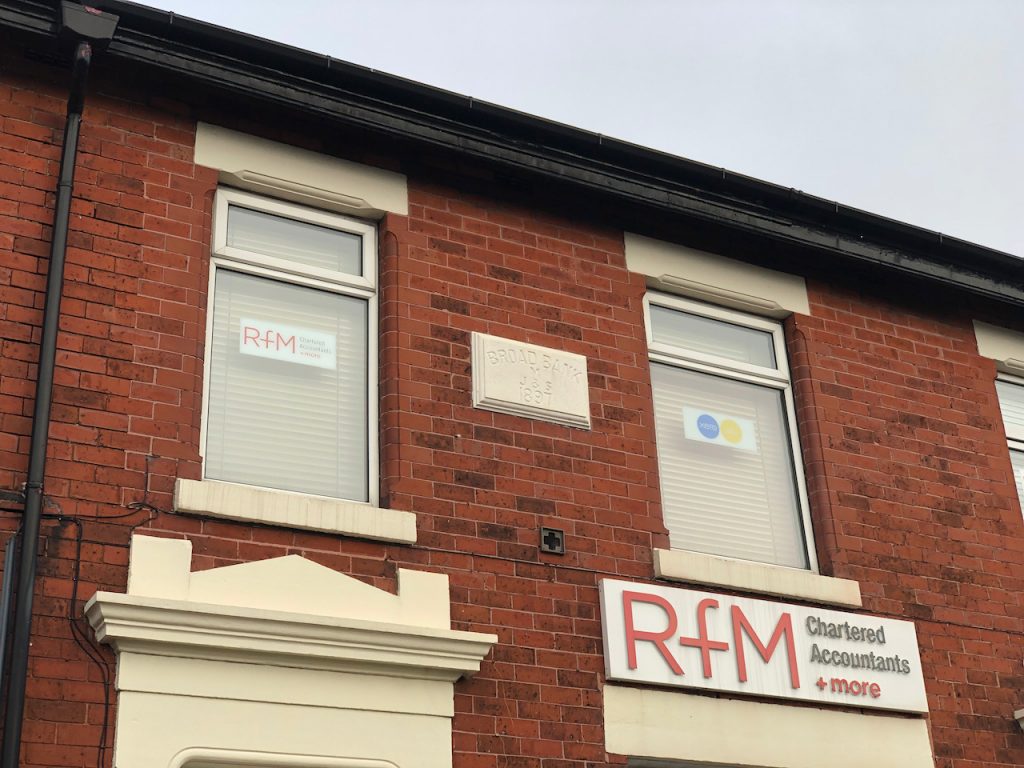
Known by many local people as Mrs Jolly’s Corner. Mrs Jolly had a small sweet shop here. On the south west face, currently a Barber Shop, is a plaque with a 1907 date.
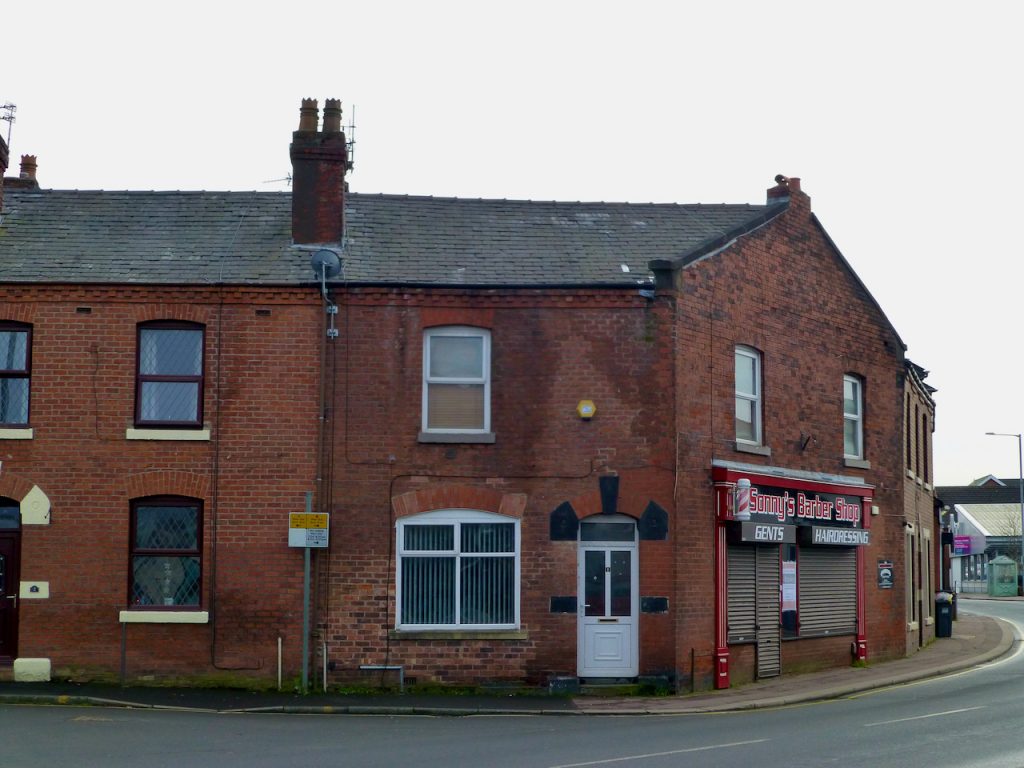
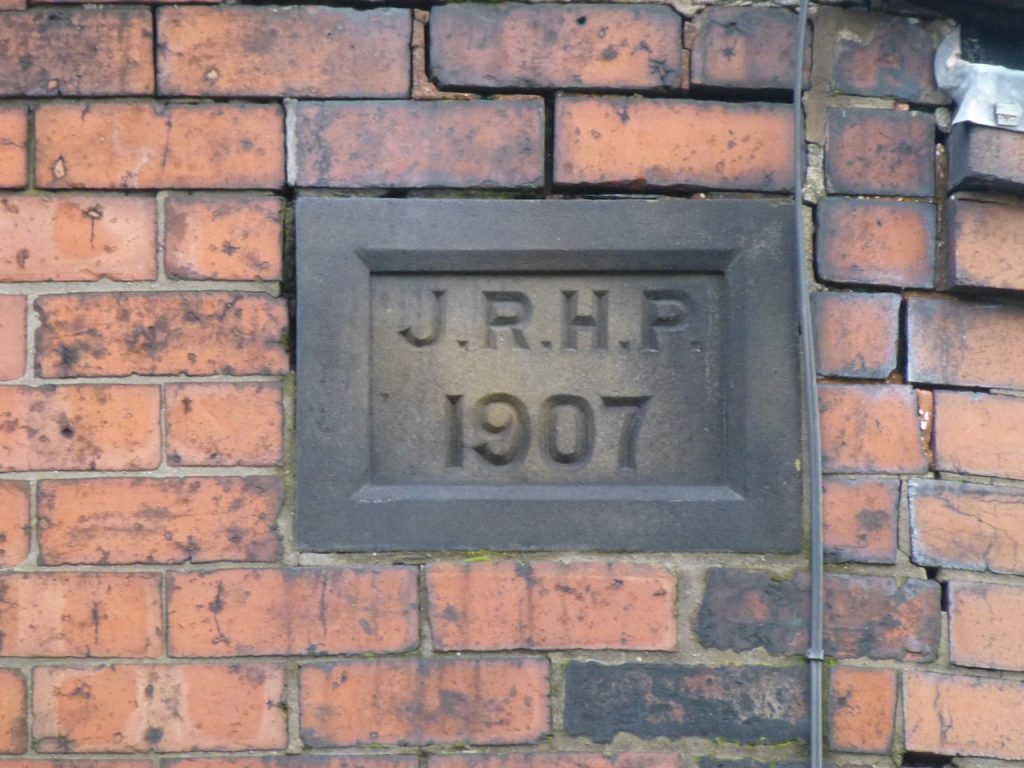
CETL: Chorley Electrica.l Around 1800 the “The Sun” Public House stood on this site. After changing names to “The Shoemakers” or “The Cordwainers Arms”, it became known as “Bannisters Ship Inn” by the early 1820s. Prior to being used by “Chorley Electrical” it was “The Original Ship”.
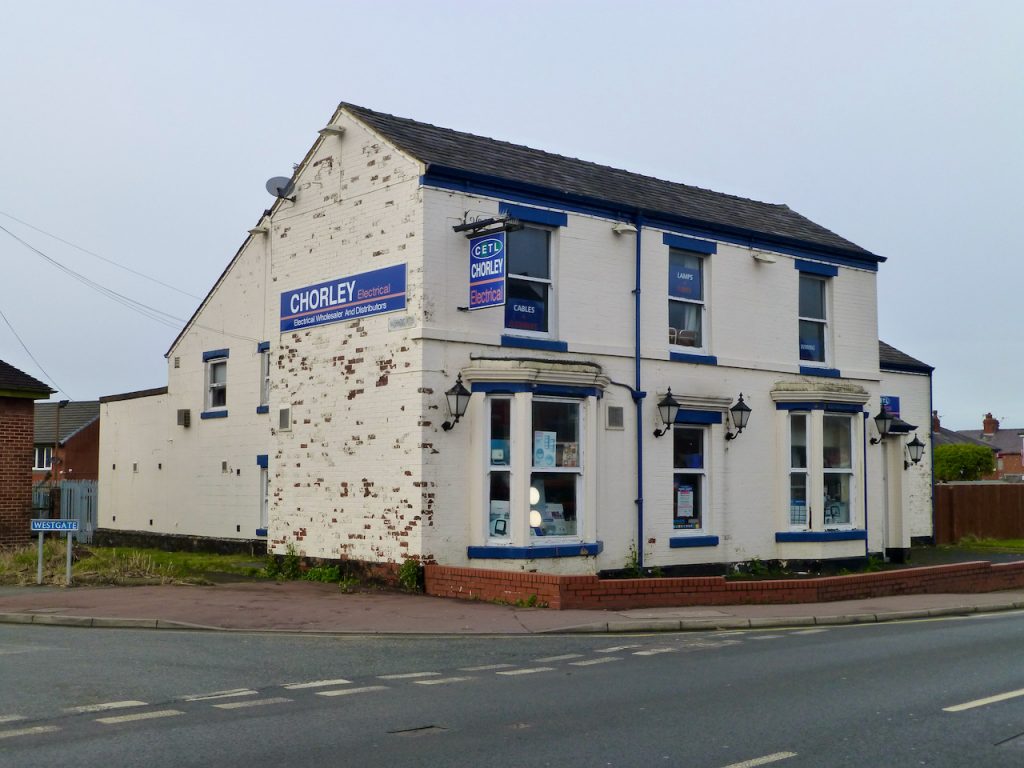
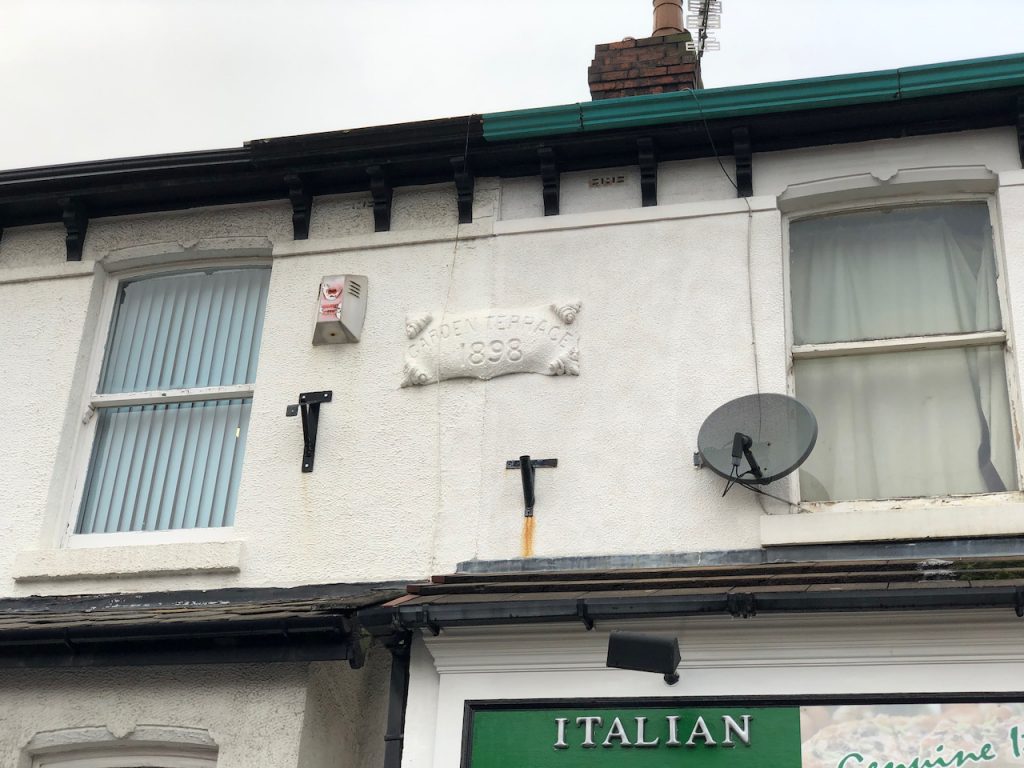
The old Constabulary Station was built c. 1857 and its two cells were used until 1882 when the larger Police Station was built on Golden Hill Lane. From the 1930s the building was used as Leyland’s Library until the current library was built in the mid 70s.
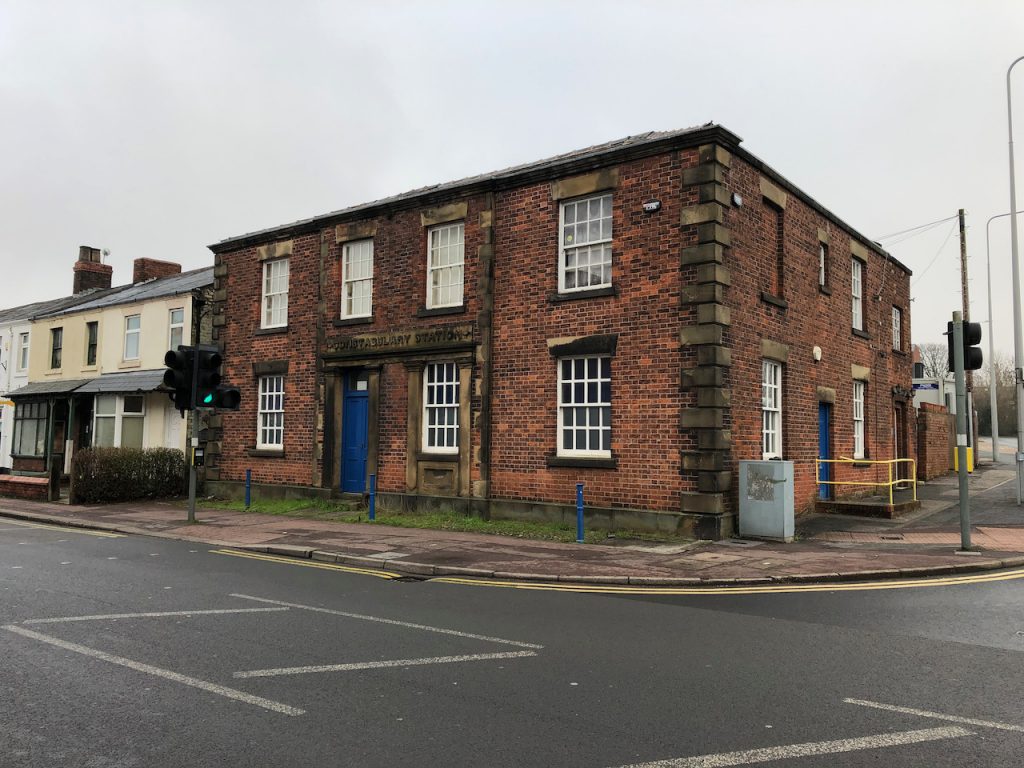
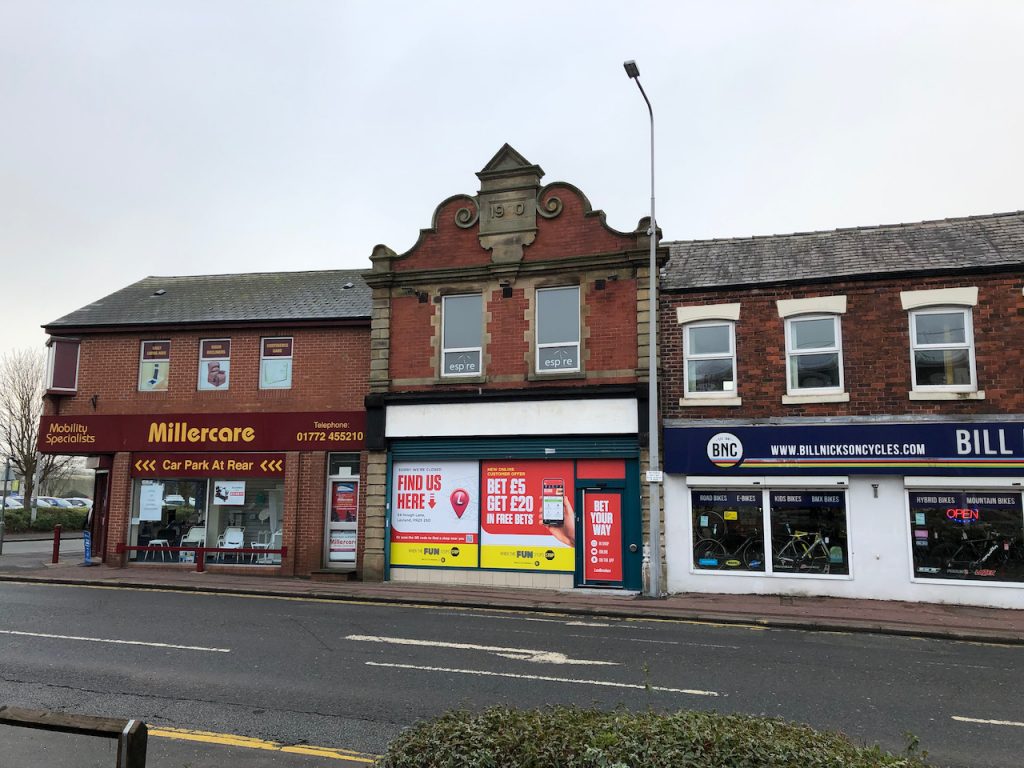
Most of Towngate between here and the top of Fox Lane has been demolished. The land is currently used by Tesco. The planters outside the arcade of shops between Tesco and Leyland Cross and the Drinking Well mark the approximate location of the junction of Towngate with the now long demolish Cow Lane. Cow Lane, like Sandy Lane, is another road does did not match with the modern structure of Leyland.
